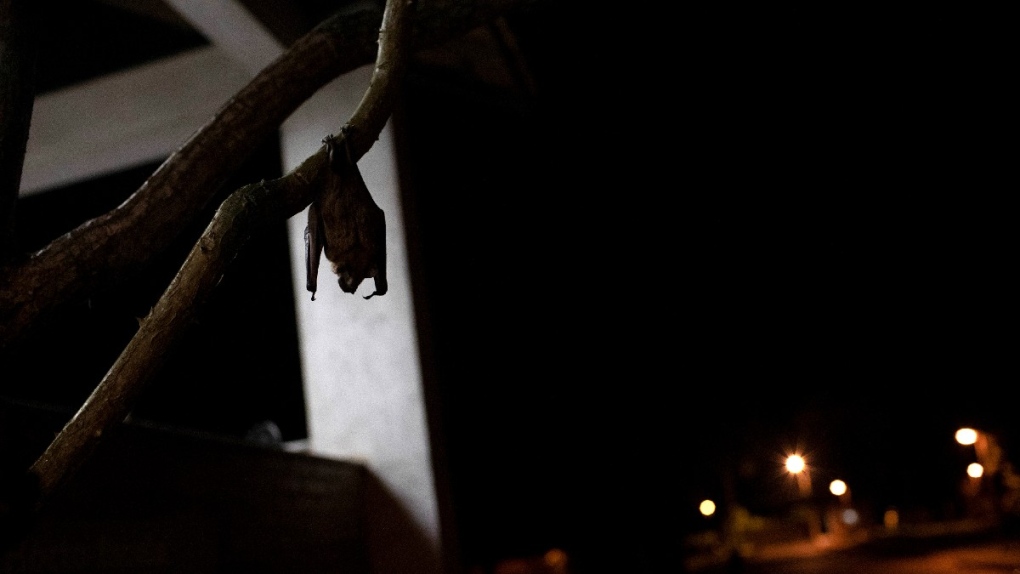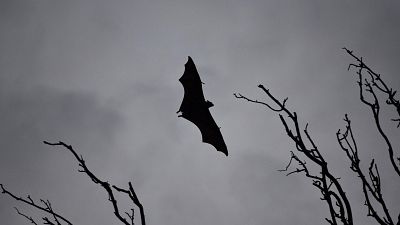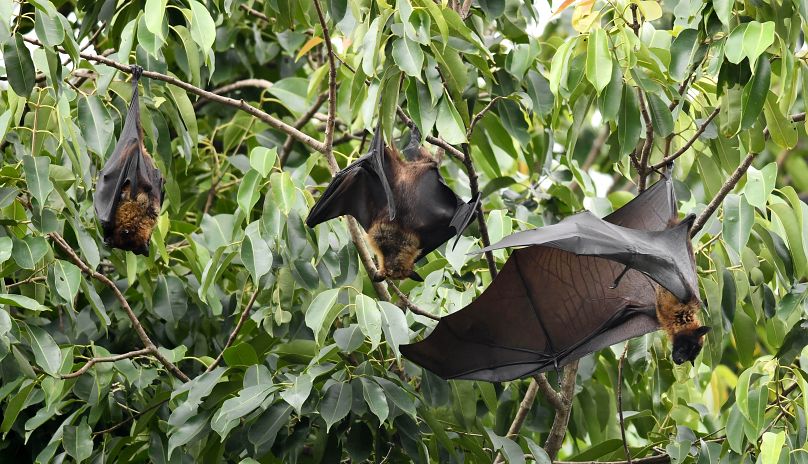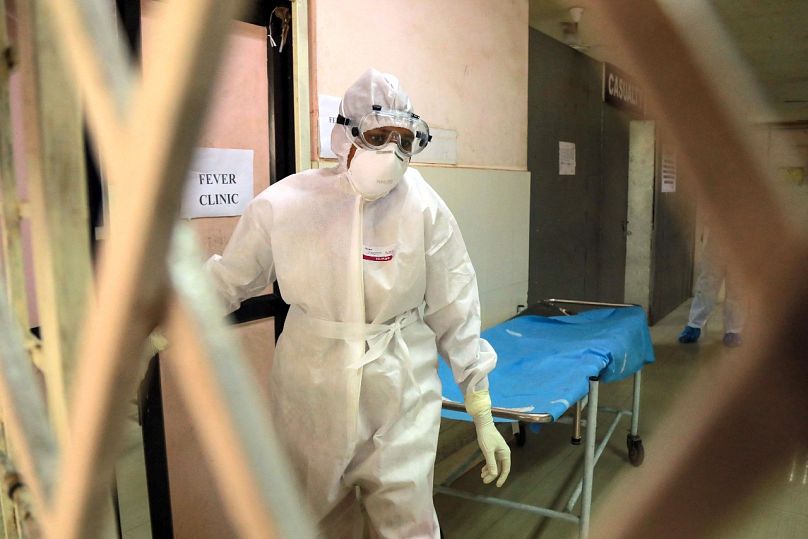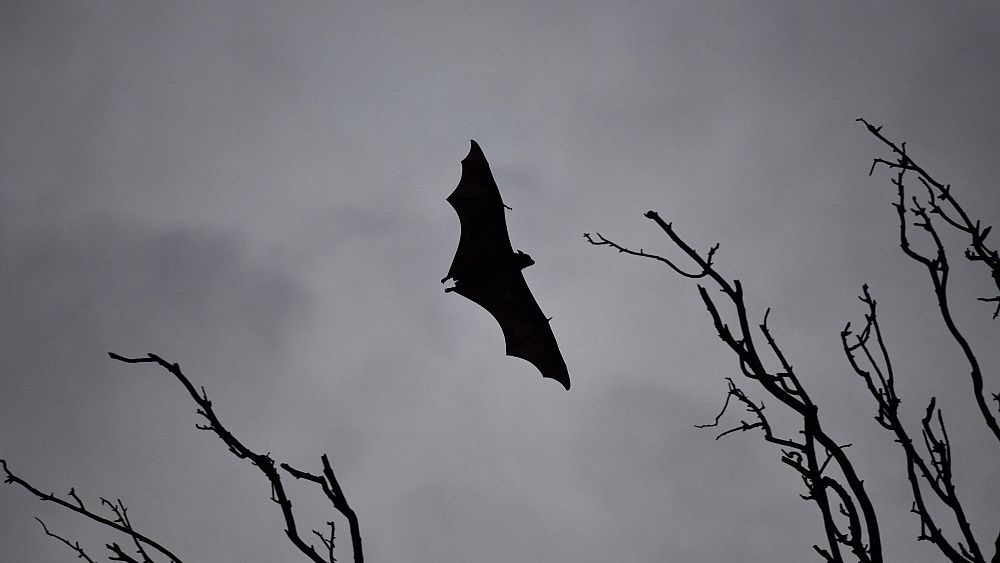China Connection
TB Fanatic
India scrambles to contain potential outbreak of Nipah, a deadlier virus than COVID
Published: Sept. 8, 2021 at 1:46 a.m. ET
By
Lee Brown
7

Animal Husbandry department and Forest officials deposit a bat into a container after catching it inside a well at Changaroth in Kozhikode in the Indian state of Kerala on May 21, 2018. A deadly virus carried mainly by fruit bats has killed at least three people in southern India, sparking a statewide health alert May 21. Eight other deaths in the state of Kerala are being investigated for possible links to the Nipah virus, which has a 70 percent mortality rate.
-/AGENCE FRANCE-PRESSE/GETTY IMAGES
A 12-year-old boy has died in India of Nipah, a rare virus that is far deadlier than COVID-19 — and one that health officials have long feared could start a global pandemic
The unidentified boy died Sunday at a hospital in Kerala, the southern state already battling the highest number of COVID-19 cases in the hard-hit country, officials there said.
He had already visited two other hospitals before his death, putting him in contact with potentially hundreds of people — with up to 11 showing potential symptoms, NDTV reported.
Previous outbreaks of Nipah, or NiV, showed an estimated fatality rate of between 40% and 75%, according to the World Health Organization, making it far more deadly than the coronavirus.
“The virus has been shown to spread from person-to-person in these outbreaks, raising concerns about the potential for NiV to cause a global pandemic,” the Centers for Disease Control and Prevention (CDC) said.
More than 100 possible contacts of the boy have already been forced to isolate, with 48 of them being monitored in a hospital in Kerala.
Officials will also be carrying out door-to-door surveillance and identifying secondary contacts.
Health officials are urgently testing as many contacts as possible, with samples from the boy’s primary contacts — his family and health care workers — coming back negative.
“That these eight immediate contacts tested negative is a great relief,” said the state health minister, Veena George.
Nipah virus was first discovered in Malaysia and Singapore in 1999 — an outbreak of nearly 300 human cases, with more than 100 deaths, the CDC noted. More than 1 million pigs were killed to help control the outbreak, causing a “substantial economic impact.”
Investing Insights with Global Context
Understand how today’s global business practices, market dynamics, economic policies and more impact you with real-time news and analysis from MarketWatch.
SUBSCRIBE NOW: US $1 FOR 4 WEEKS

Complicating its detection, key symptoms are similar to those of COVID-19, including fever, cough, sore throat and difficulty breathing, the CDC noted.
The infected often also suffer encephalitis, or swelling of the brain — and if they survive, often suffer persistent convulsions and even personality changes. The contagion can remain dormant in sufferers — who may get sick and possibly die from it “months and even years after exposure,” the CDC warned.
There is no vaccine, and the only treatment is supportive care to control complications and keep patients comfortable.
Kerala dealt with a previous outbreak of Nipah in 2018, when more than a dozen people died.
This time around, the concern is compounded by the fact that the state is already struggling to contain COVID-19.
Kerala on Monday registered nearly 20,000 COVID-19 infections — the vast majority of India’s daily total of 31,222.
Nipah, meanwhile, can be “challenging” to detect “due to the non-specific early symptoms of the illness,” even though “early detection and diagnosis are critical to increase chances of survival ” and “to prevent transmission to other people,” the CDC has said.
India Today warned its readers, “The nature of Nipah virus infection is such that if the outbreak spirals out of control, it could pose a bigger threat to public health than the coronavirus pandemic.”
With Post wires

 www.marketwatch.com
www.marketwatch.com
Published: Sept. 8, 2021 at 1:46 a.m. ET
By
Lee Brown
7

Animal Husbandry department and Forest officials deposit a bat into a container after catching it inside a well at Changaroth in Kozhikode in the Indian state of Kerala on May 21, 2018. A deadly virus carried mainly by fruit bats has killed at least three people in southern India, sparking a statewide health alert May 21. Eight other deaths in the state of Kerala are being investigated for possible links to the Nipah virus, which has a 70 percent mortality rate.
-/AGENCE FRANCE-PRESSE/GETTY IMAGES
A 12-year-old boy has died in India of Nipah, a rare virus that is far deadlier than COVID-19 — and one that health officials have long feared could start a global pandemic
The unidentified boy died Sunday at a hospital in Kerala, the southern state already battling the highest number of COVID-19 cases in the hard-hit country, officials there said.
He had already visited two other hospitals before his death, putting him in contact with potentially hundreds of people — with up to 11 showing potential symptoms, NDTV reported.
Previous outbreaks of Nipah, or NiV, showed an estimated fatality rate of between 40% and 75%, according to the World Health Organization, making it far more deadly than the coronavirus.
“The virus has been shown to spread from person-to-person in these outbreaks, raising concerns about the potential for NiV to cause a global pandemic,” the Centers for Disease Control and Prevention (CDC) said.
More than 100 possible contacts of the boy have already been forced to isolate, with 48 of them being monitored in a hospital in Kerala.
Officials will also be carrying out door-to-door surveillance and identifying secondary contacts.
Health officials are urgently testing as many contacts as possible, with samples from the boy’s primary contacts — his family and health care workers — coming back negative.
“That these eight immediate contacts tested negative is a great relief,” said the state health minister, Veena George.
Nipah virus was first discovered in Malaysia and Singapore in 1999 — an outbreak of nearly 300 human cases, with more than 100 deaths, the CDC noted. More than 1 million pigs were killed to help control the outbreak, causing a “substantial economic impact.”
Investing Insights with Global Context
Understand how today’s global business practices, market dynamics, economic policies and more impact you with real-time news and analysis from MarketWatch.
SUBSCRIBE NOW: US $1 FOR 4 WEEKS

Complicating its detection, key symptoms are similar to those of COVID-19, including fever, cough, sore throat and difficulty breathing, the CDC noted.
The infected often also suffer encephalitis, or swelling of the brain — and if they survive, often suffer persistent convulsions and even personality changes. The contagion can remain dormant in sufferers — who may get sick and possibly die from it “months and even years after exposure,” the CDC warned.
There is no vaccine, and the only treatment is supportive care to control complications and keep patients comfortable.
Kerala dealt with a previous outbreak of Nipah in 2018, when more than a dozen people died.
This time around, the concern is compounded by the fact that the state is already struggling to contain COVID-19.
Kerala on Monday registered nearly 20,000 COVID-19 infections — the vast majority of India’s daily total of 31,222.
Nipah, meanwhile, can be “challenging” to detect “due to the non-specific early symptoms of the illness,” even though “early detection and diagnosis are critical to increase chances of survival ” and “to prevent transmission to other people,” the CDC has said.
India Today warned its readers, “The nature of Nipah virus infection is such that if the outbreak spirals out of control, it could pose a bigger threat to public health than the coronavirus pandemic.”
With Post wires

India scrambles to contain potential outbreak of Nipah, a deadlier virus than COVID
Previous outbreaks of Nipah, or NiV, showed an estimated fatality rate of between 40% and 75%, according to the World Health Organization, making it far more...





